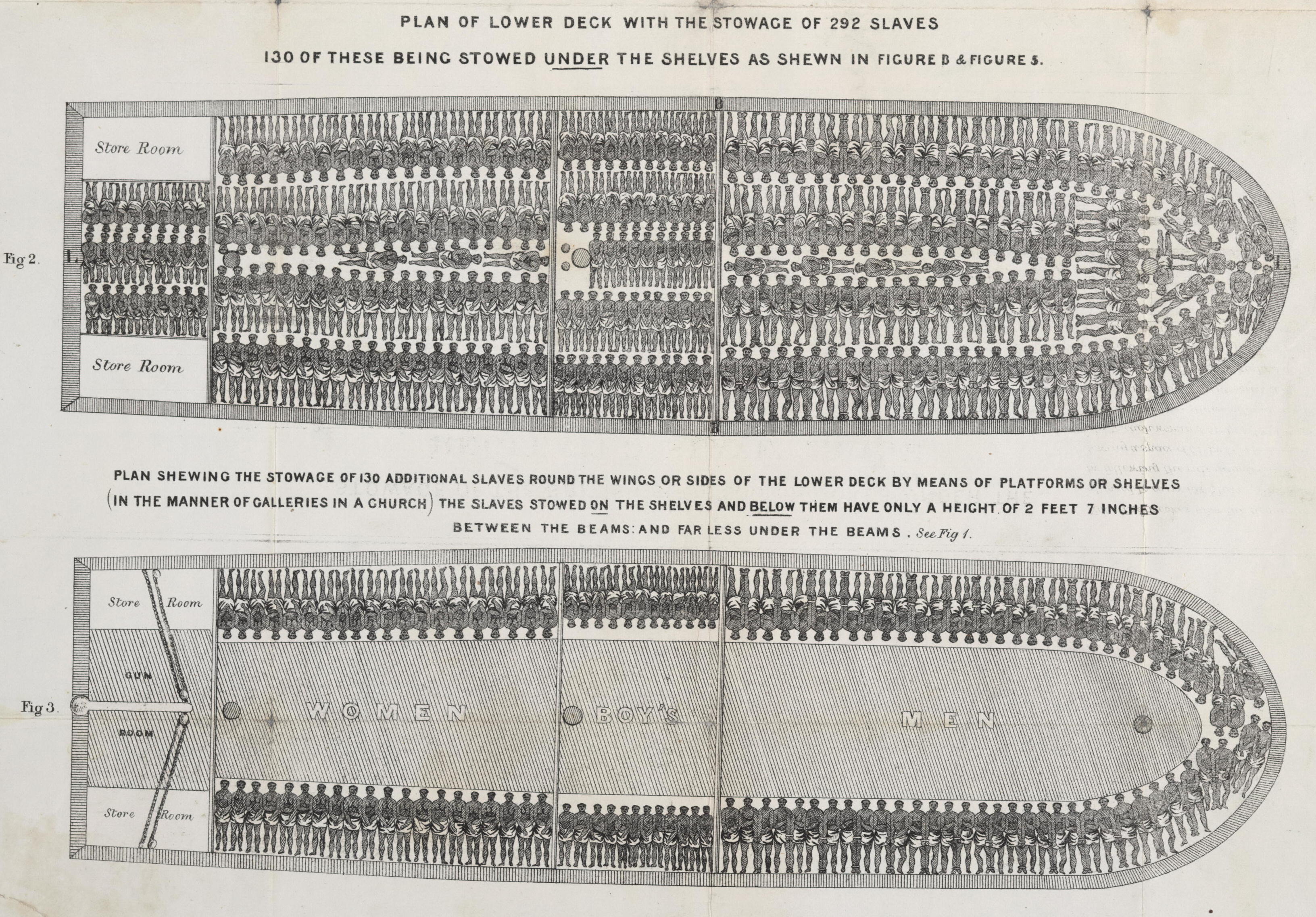Throughout my blog post, I talk about how enslaved people pushed emancipation forward through their resistance, which helped them gain full freedom. They resisted through rebellions like the Maroon wars and the Baptist war. They continued to resist during emancipation when they were still under the control of the Planters. They didn’t allow for their spirit to be broken, and they kept fighting for their freedom. This legacy of resisting oppression and colonization continues today in Jamaica. It shows in the different resistance movements that were made and connections they try to keep to their roots.
Resistance continued today:
One movement was the Rastafarian movement. Rastafarianism is a religious and political movement. It was around during the time of enslavement. During enslavement, it was used to resist enslavement. It gave people a way to be more connected to where they came from after being taken from their homes. Planters didn’t want enslaved people to practice African religion, but they did through Rastafarianism, and it allowed them to keep some of their roots. Rastafarianism during enslavement also focused on this idea of repatriation back to Africa. It gave them hope that one day they would be able to return to their homeland. In Jamaica today Rastas, are still around, and they still hold the same ideologies as Rastas during slavery. Rastas today are resisting racism and oppression. It’s used to show unity and to stay connected to their roots.
Another way movement that continued to show resistance was led by Marcus Garvey. Garvey was born in Jamaica on August 17, 1887, in St. Ann Bay. It was one of the most influential black activists. His ideologies consisted of black nationalism and Pan-Africanism. He believed that black people should return to Africa and that they should be separated from whites. He was against colonization and believed for black people to be successful they had to have their own. In 1914 Garvey started the Universal Negro Improvement Association (UNIA) in Jamaica. When he moved to American in 1916, he started a branch in Harlem, New York. The goal of this organization was to return people to their homeland. His ideologies were controversial during this time. While in America, Garvey was able to gain a strong following in New York and helped changed the way that black people saw themselves. He taught black people how to love themselves, love where they came from, and become more aware of their history. He promoted separatism to prevent black people from assimilating into white society. In 1923 Garvey was arrested for mail fraud and imprisoned for two years. He was deported to Jamaica in 1927. UNIA’s success started to decrease after the organization broke apart, and they were never able to return people to Africa. On June 10, 1940, Garvey died leaving behind a legacy of the resistance like his ancestors. His ideologies still impact today’s society. We see it in movements that are still around today. We see his influence in Rastafarianism, Black and Power Movement.
Dealing with the history of enslavement:
In Jamaica, people are dealing with the history of slavery by keeping the history alive in their culture and fighting for recognition of what’s happened to their people. One way Jamaica people are keeping their history alive is through music. Reggae is a popular music genre in Jamaica. The sound is soulful and freeing. When the artist sings the people listening hold on to every word and beat. Reggae music was influenced by the Rastafarian movement. It could be used to tell the history of slavery and oppression. Or it could be used to tell a story of hope and bring acknowledgment to importance in the black community. Reggae music has been played all around the world. One of the most important artists in Reggae music was Bob Marley. Marley is known all around the world. The type of stories he told in his music ranged from songs about enslavement to songs about everyday life. Instead of just seeing the history of enslavement as a way to oppression, they are empowering themselves with their story and making sure their story is told the way they want to tell it.
Another way that they are dealing with the history of slavery is by asking for reparations. Asking for reparations is a way for them to get recognition for the brutality of what enslaved people went through and caused the British to acknowledge their part in the slave trade. In 2013 Jamaica’s prime minister, Portia Simpson Miller asked the UK’s prime minister David Cameron for reparation. Cameron denied it because he didn’t think reparations or an apology for slavery the was right move. But in 2018 the UK decided to pay reparation to Jamaica. The money would come cash and kind, scholarships, exchange programs, and other activities. They may also help with research in chronic diseases, (Wilkinson). Through reparation, Jamaica can slowly start bettering their country and the British can finally take accountability for their part in the slave trade.
In conclusion, enslaved people pushed emancipation and freedom forward through their resistance to enslavement. They resisted through rebellions and having the strength to keep going. The legacy of resistance lives on in Jamaica society. It shows in the different resistance movements. Like the Rastafarian movement and Garvey’s black nationalism. These movements resisted colonization and racism. They used these movements to unity and stay connected to their root. Jamaica’s deal with history by being empowered by it. They use reggae as a way to tell their story and reparations as a way to get the acknowledgement that they deserve.
https://docs.google.com/spreadsheets/d/1tXkrYoN1Iq6Trid-lytwZ4SBL0fFH7rR-7MsPkkPfDY/edit#gid=0
Sources:
“Rastafari and Slavery.” Web blog post. Religion. BBC, 10 Sep. 2009. Web 14 Dec. 2020
https://www.bbc.co.uk/religion/religions/rastafari/history/reggae.shtml
“Marcus Garvey.” Web blog post. Encycleopaedia Britannica, 10 Sep. 2020. Web Dec. 15 2020
https://www.britannica.com/biography/Marcus-Garvey
Wiilkinson, Bert. “Caribbean wins reparations payments.” Web article. New York Amsterdam News, 29 Nov. 2018. Web. 14 Dec. 2020 http://amsterdamnews.com/news/2018/nov/29/caribbean-wins-reparations-payments/



